Grading papers, reviewing essays, and cross-checking research assignments can eat up hours of an educator’s day.
Similarly, for students, trying to ensure that every source is properly cited before hitting “submit” isn’t exactly a walk in the park either.
That’s why tools like Unicheck were made.
For years, the Unicheck plagiarism checker helped both sides of the classroom catch unoriginal content, trace improper citations, and promote academic honesty across thousands of institutions.
Unfortunately, as of 2025, Unicheck is no longer in service.
But how did it work when it was still available? Who used it? And more importantly, what should you be using now?
This blog post discusses it all.
Key Takeaways
- Unicheck was widely used in academic settings for real-time plagiarism detection and LMS integration.
- With plagiarism evolving into AI-generated content issues, a reliable AI detector is more important than ever.
- Unicheck plagiarism checker was discontinued on January 1, 2025, after being acquired by Turnitin.
- Undetectable AI offers an industry-leading AI Detector and Humanizer, trusted by professionals and backed by real-world accuracy tests.
What is Unicheck and Who Uses It?
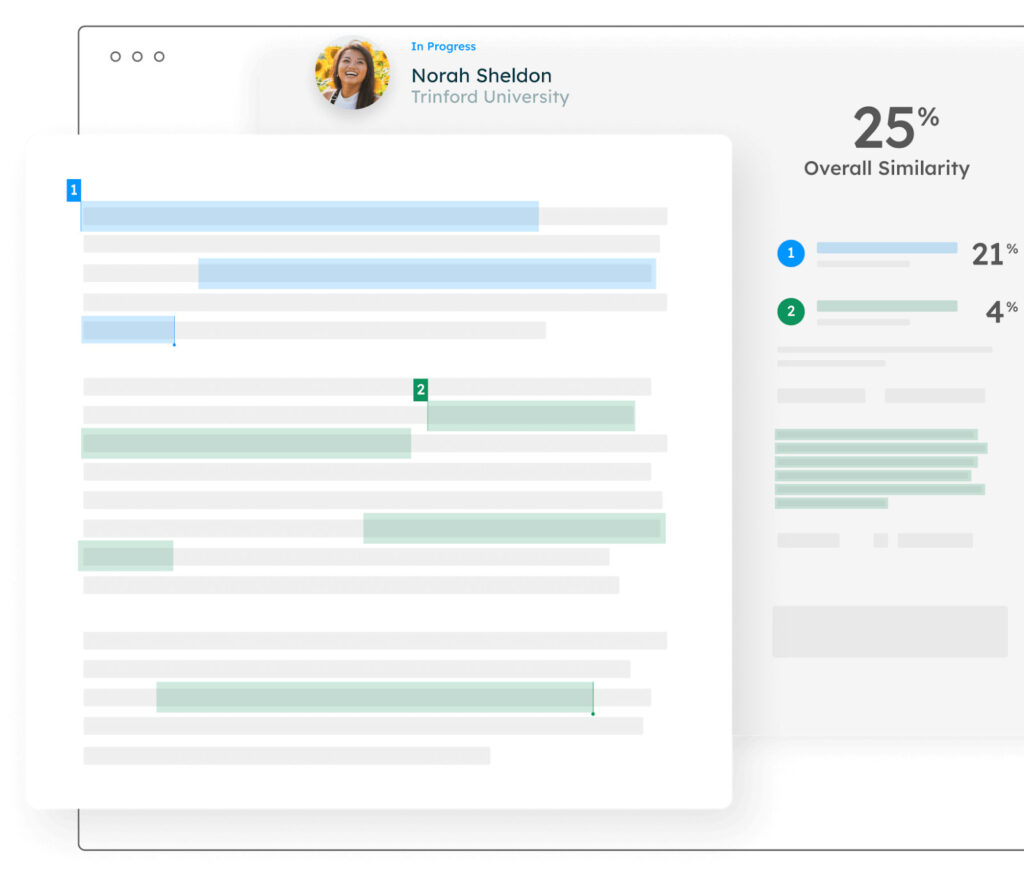
Unicheck plagiarism checker was an online tool for detecting copied or unoriginal content in academic writing.
One of the tool’s main draws was how, besides just highlighting exact matches, it also picked up on similar phrasing or paraphrased content that might fly under the radar in manual checks.
And once it did its thing, it generated a report.
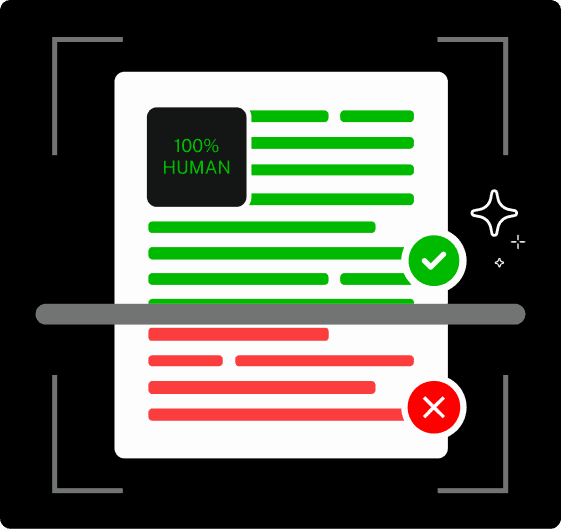
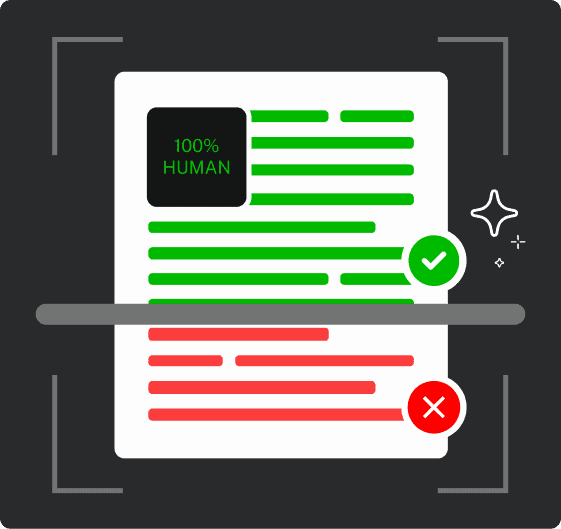
Never Worry About AI Detecting Your Texts Again. Undetectable AI Can Help You:
- Make your AI assisted writing appear human-like.
- Bypass all major AI detection tools with just one click.
- Use AI safely and confidently in school and work.
This report showed a breakdown of what matched, where it came from, and how much of the document was unique versus flagged.
It even checked citations and references to make sure things were attributed properly.
So if a student forgot to credit a source or tried to sneak in a quote without acknowledgment, Unicheck would probably catch it.
As for the question “who used Unicheck”, it’s worth mentioning that the tool wasn’t limited to just classroom use.
While it was especially popular in K–12 and higher education, it also saw use by independent publishers, content marketers, and corporate training programs.
Basically, anywhere that originality and citation integrity mattered, Unicheck had a role.
That said, by January 1st, 2025, Unicheck was officially discontinued. We’ll talk more about what led to that and what options are available now later in the blog.
Overview of Unicheck
Now let me give you a broader picture of the platform’s user base and how Unicheck fits into the daily workflows of students, educators, and institutions.
User Base: Educators, Institutions, Students
On the institutional level, schools, colleges, and universities adopted Unicheck to streamline plagiarism detection.
According to Wikipedia, over 400 institutions worldwide relied on Unicheck to support academic integrity, especially when managing high volumes of student submissions during exams or midterms.
The ability to bulk check documents in real time made things easier for educators who didn’t have the time to sift through each file manually.
Educators, in particular, benefited from features like similarity breakdowns, citation checks, and automatic reports that highlighted potential issues.
And since the reports came with color-coded segments (e.g. citations in blue, references in violet, and flagged phrases in yellow), it was relatively easy to interpret results at a glance.
Students also made up a large chunk of the user base, and it wasn’t just because they were required to use it.
Many students actually ran their assignments through Unicheck voluntarily before final submission. It helped them identify sections that needed original input or clearer attribution.
But Unicheck’s reach wasn’t limited to schools. It also saw adoption among writers, bloggers, editors, and other content creators who needed to verify the originality of their work before publishing.
Even professionals like lawyers and researchers used it for more specialized writing that required originality and traceability.
Cloud-Based or LMS-Integrated Use
One of the main reasons Unicheck plagiarism checker gained traction in academic settings was how seamlessly it fit into the tools people were already using.
If an institution used a Learning Management System, say Canvas, Moodle, or Google Classroom, Unicheck free could plug right in.
Integration was possible through API, LTI, or a combination of both, depending on how much customization was needed.
Once integrated, the experience was fairly streamlined.
For instructors, documents submitted by students could be automatically scanned for plagiarism as soon as they were uploaded. They’d get reports directly within the LMS.
These reports not only highlighted the problematic areas but also let instructors exclude certain elements (like citations or quotes) from the plagiarism count. That helped avoid false positives and gave a more accurate representation of originality.
Students, too, could see the reports if their institution had enabled permissions.
The feedback was immediate, and the visual highlights helped them understand what was being flagged and why.
In some cases, instructors could even allow revisions after the first scan to give students a chance to fix citation issues before the final deadline.
For users who preferred working outside an LMS, the web-based version of Unicheck was still available.
Logging in through a browser with an instructor account, you could upload a document directly to Unicheck’s library and run it against selected sources, including:
- Just the Internet
- Just the internal library
- Both
Core Features of Unicheck

Unicheck wasn’t just running a simple check. Let’s learn how that check worked, what kind of insights users got back, and how reliable those results were.
Real-Time Plagiarism Scanning
Unicheck would scan every assignment against a live pool of over 40 billion web pages, academic journals, and open-source repositories, many of which were indexed as recently as 30 minutes before the scan.
That meant in addition to referencing old, static content, the tool was catching similarities in real time to give users the most current and comprehensive results possible.
Every similarity flagged in the report came with a working and clickable link.
The scanner also ensured that each reference was valid and could be independently reviewed, which made cross-checking way less of a hassle.
Similarity Reports and Highlighting
Once Unicheck completed its scan, it generated a detailed similarity report.
These reports highlighted direct text matches while also picking up on paraphrasing, improper citations, and sneaky tactics like swapping Latin characters with similar-looking Cyrillic ones to dodge detection.
Unicheck presented these reports in an interactive layout.
Passages with similarities were highlighted directly in the document, and users could navigate through the file using a color-coded map on the left-hand side.
Each color represented a different type of content, including citations, references, or matched phrases, to make it easy to scan through and interpret what needed attention.
Users could also download these reports as PDFs for sharing or record-keeping.
Moreover, Unicheck provided data-driven insights at the macro level, too. Institutions and instructors could access information on average similarity rates, recurring source patterns, and trends across different departments or student groups.
That kind of analytics helped track long-term behavior and shape academic integrity policies more effectively.
For global users, Unicheck supported over 20 languages, including English, Spanish, German, French, and Ukrainian.
And in case a needed language wasn’t supported by default, users could reach out to the support team to have it added.
LMS Integration (Google Classroom, Canvas, etc.)
Through plugin, LTI, or API integrations, institutions could embed Unicheck directly into platforms like Google Classroom, Canvas, and Moodle.
This allowed students to submit their work and receive plagiarism feedback all within the same ecosystem.
A particularly useful function within these integrations was the ability to run checks against the institution’s internal library.
This included documents uploaded by students, instructors, and account managers across the board.
This allowed schools to catch self-plagiarism and paper-sharing between students. In other words, if someone tried to repurpose last semester’s essay, whether their own or a friend’s, Unicheck had the history to catch it.
File Type Compatibility and Speed
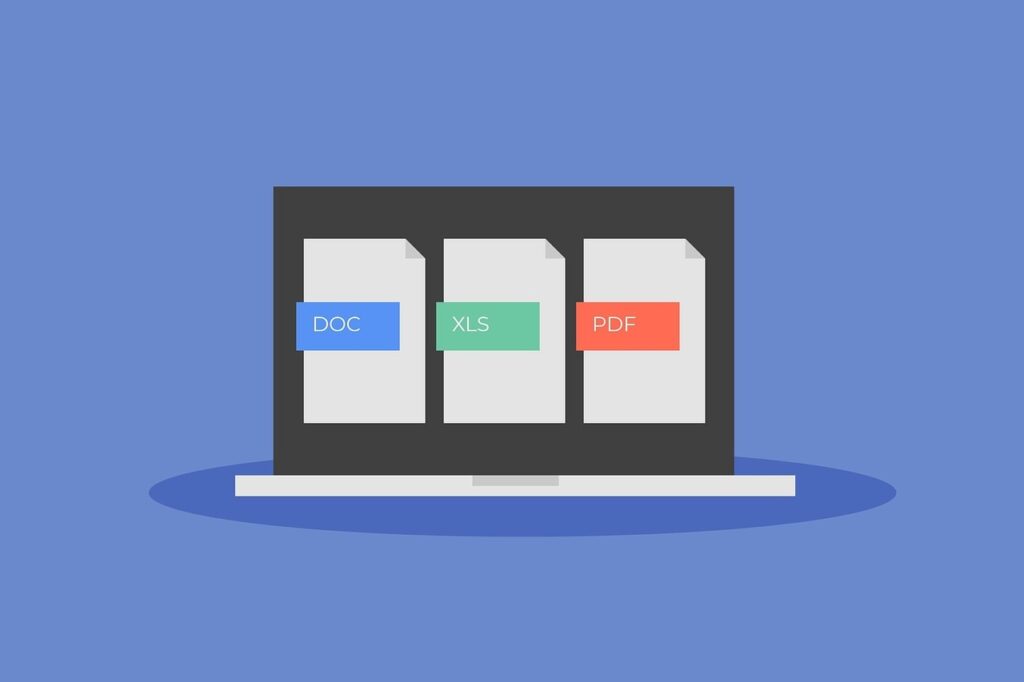
Unicheck supported a wide range of formats, including .doc, .docx, .rtf, .txt, .odt, .ppt, .pptx, .html, .pdf, .pages, and .gdoc.
On top of that, users could upload compressed RAR and ZIP archives, which meant entire batches of files could be processed at once.
Integration with cloud storage services like Google Drive, OneDrive, and Dropbox added even more convenience, especially for students or instructors working across devices or submitting from mobile platforms.
As for speed, on average, Unicheck would scan at a rate of about 4 seconds per page, even when performing real-time comparisons against vast databases.
That kind of quick turnaround was especially helpful in classroom settings where instructors had to assess a stack of papers under tight deadlines.
Unicheck also gave users control over how scans were handled. Through global settings, instructors and account managers could adjust the sensitivity of plagiarism detection or decide whether a document should be added to the shared database.
Collaboration Tools and Instructor Feedback Panel
There was a comment feature embedded directly within the similarity report that allowed educators to give precise feedback right where it was needed.
Whether it was a suspicious phrase, a citation that didn’t look quite right, or a pattern worth pointing out, instructors could highlight a specific section of text (or even an image) and attach a comment to it.
Every comment added in the report was also reflected in the downloadable PDF version.
While Unicheck plagiarism checker offered a solid feature set before its discontinuation, those looking for a modern alternative may want to check out the AI Plagiarism Checker by Undetectable AI.
It can handle real-time scanning across web content and AI-generated text.
Unicheck is No More, But Undetectable AI is Here
Unicheck plagiarism checker offered a solid lineup of features, integrations, and user-focused tools during its active years.
But like many edtech tools, its story eventually came to a close.
Unicheck was originally launched under the name Unplag in 2014 by the IT company Phase One Karma.
It quickly gained traction by partnering with global academic initiatives like the XCulture project and becoming a Certified Partner with the Canvas LMS in 2016.
By 2017, it had achieved full Canvas Alliance Partner status and even became the first plagiarism detection tool to integrate with Google Classroom.
In 2020, Unicheck was acquired by Turnitin, a much larger plagiarism detection service.
From that point on, it was clear that Unicheck’s independent days were numbered. And sure enough, on January 1, 2025, the platform was officially shut down.
All services were discontinued, and user data was removed.
While some of its core features were eventually absorbed into the Turnitin ecosystem, Unicheck as a standalone service is no longer available.
But the conversation around originality hasn’t ended. It has just shifted.
These days, the bigger concern isn’t just traditional plagiarism. It’s AI-generated content.
With tools like ChatGPT, Claude, and a dozen others churning out essays, articles, and marketing copy in seconds, distinguishing between human and AI writing has become the new challenge.
That’s why if you’re looking for a next-gen tool, you should be looking at Undetectable AI.
Undetectable AI’s AI Detector is among the most reliable in the industry.
Discover how our AI Detector and Humanizer can help—find them in the widget below!
In fact, ZDNet ran a blind credibility test using five text samples, two written by humans and three generated by AI.
While most detectors struggled to tell the difference, Undetectable AI’s tool correctly identified all five. Yes, even the nuanced, human-written ones!
When a tool performs that consistently under real-world conditions, it’s hard to ignore.
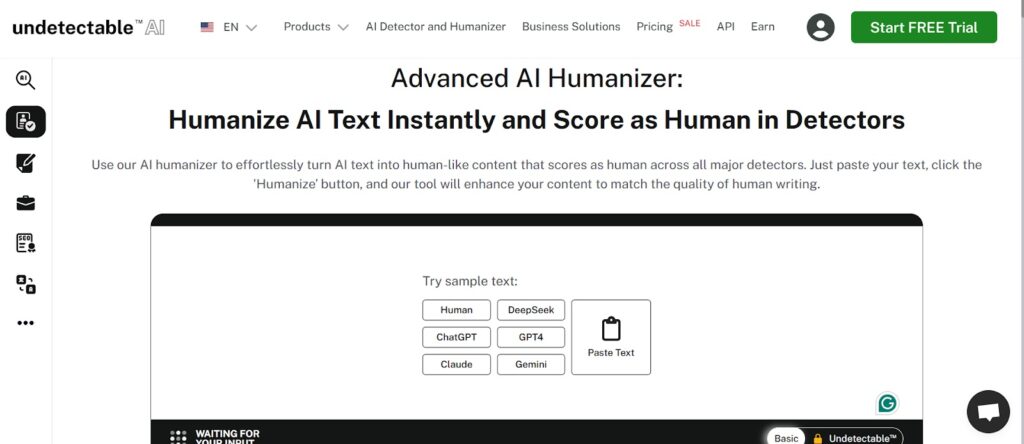
And that’s not all. If you’re producing AI-generated content yourself and want it to pass as human, say for blog posts, emails, or academic work, the Undetectable AI Humanizer helps rewrite AI-written content in a way that reads naturally and passes through most detection filters.
So whether you’re on the detection side or the humanizing side, the platform has you covered.
So with Unicheck gone, there’s no reason to look backward.
Try Undetectable AI’s AI Detector and Humanizer today and quickly make the shift.
